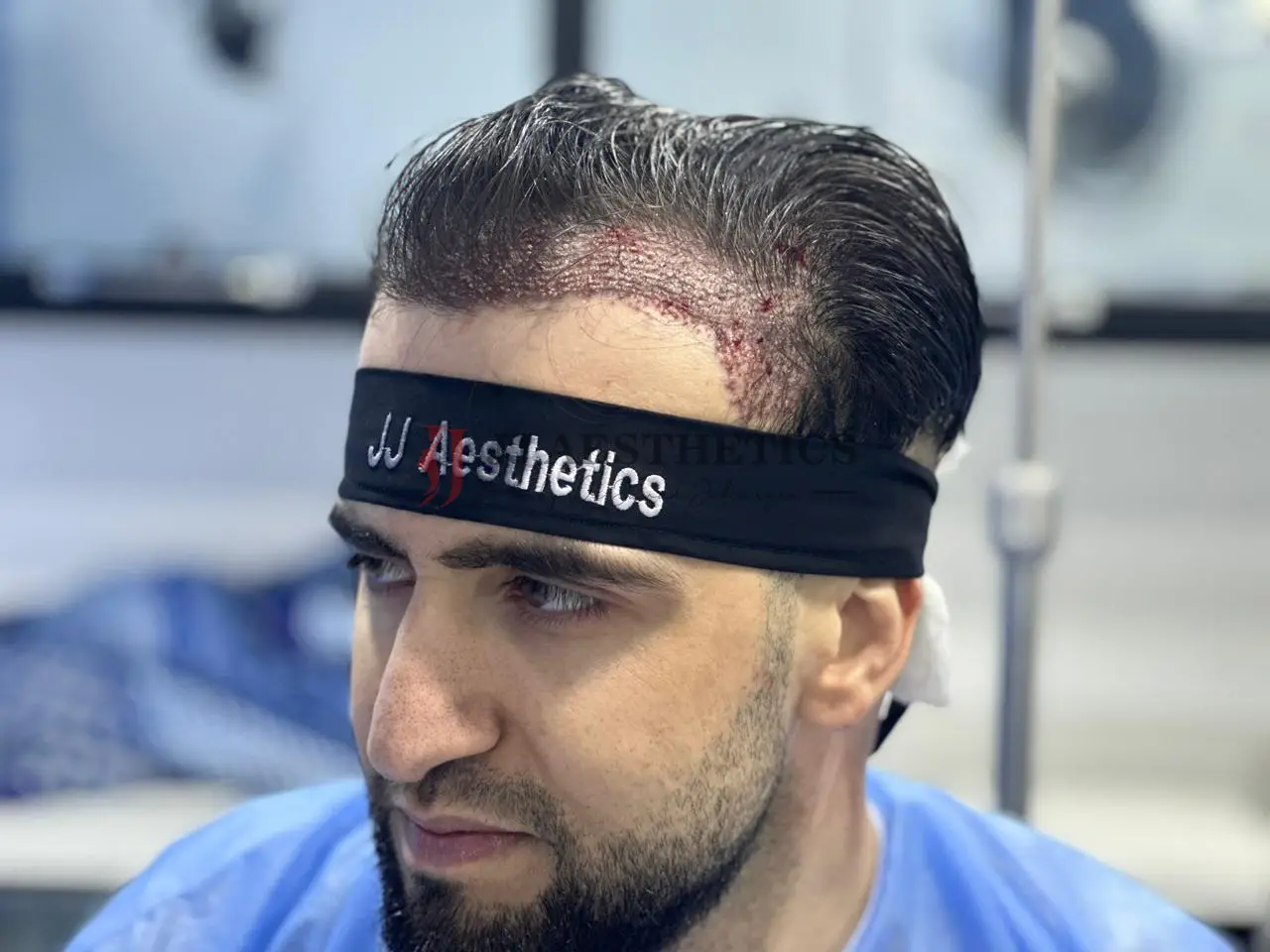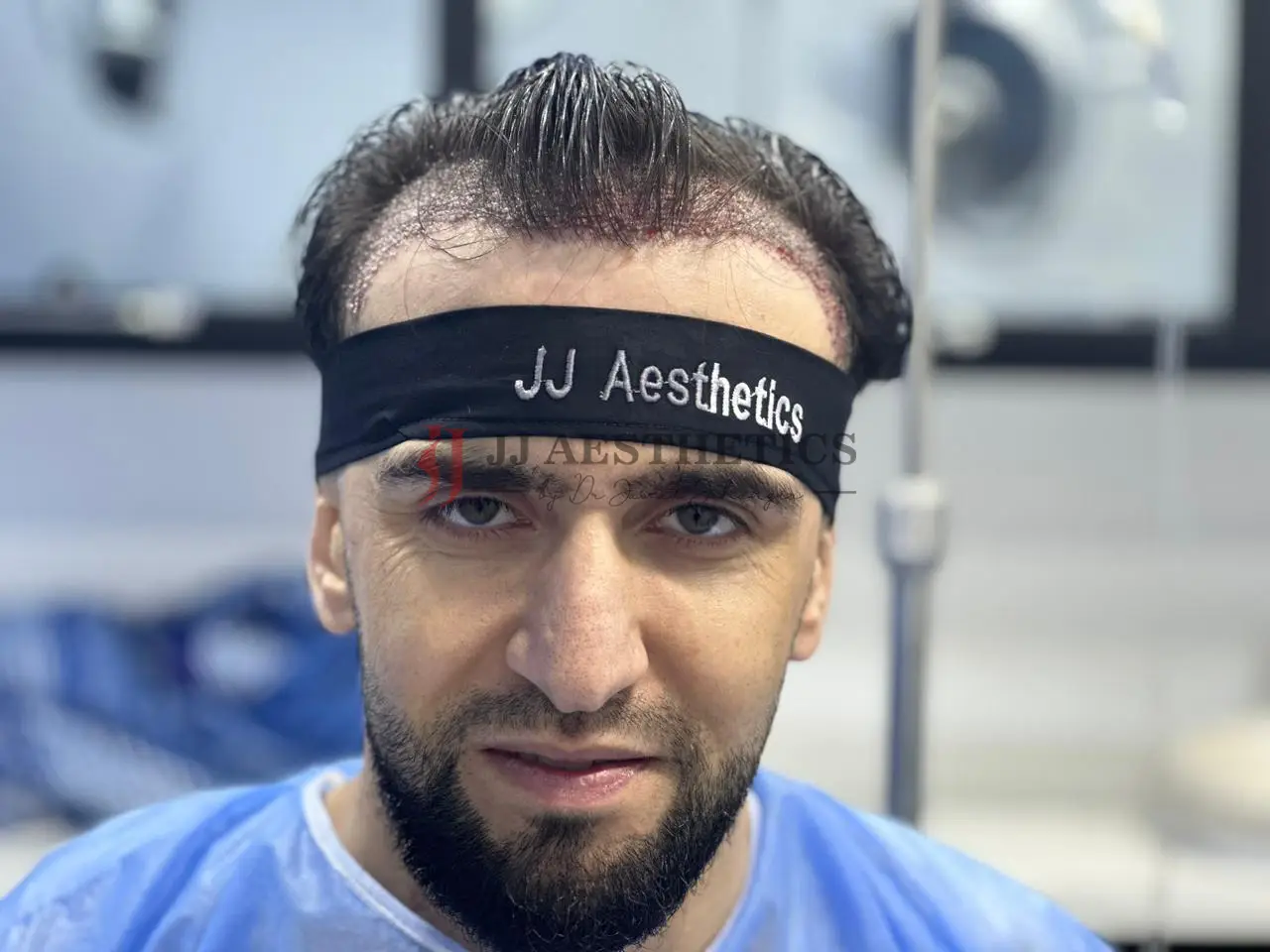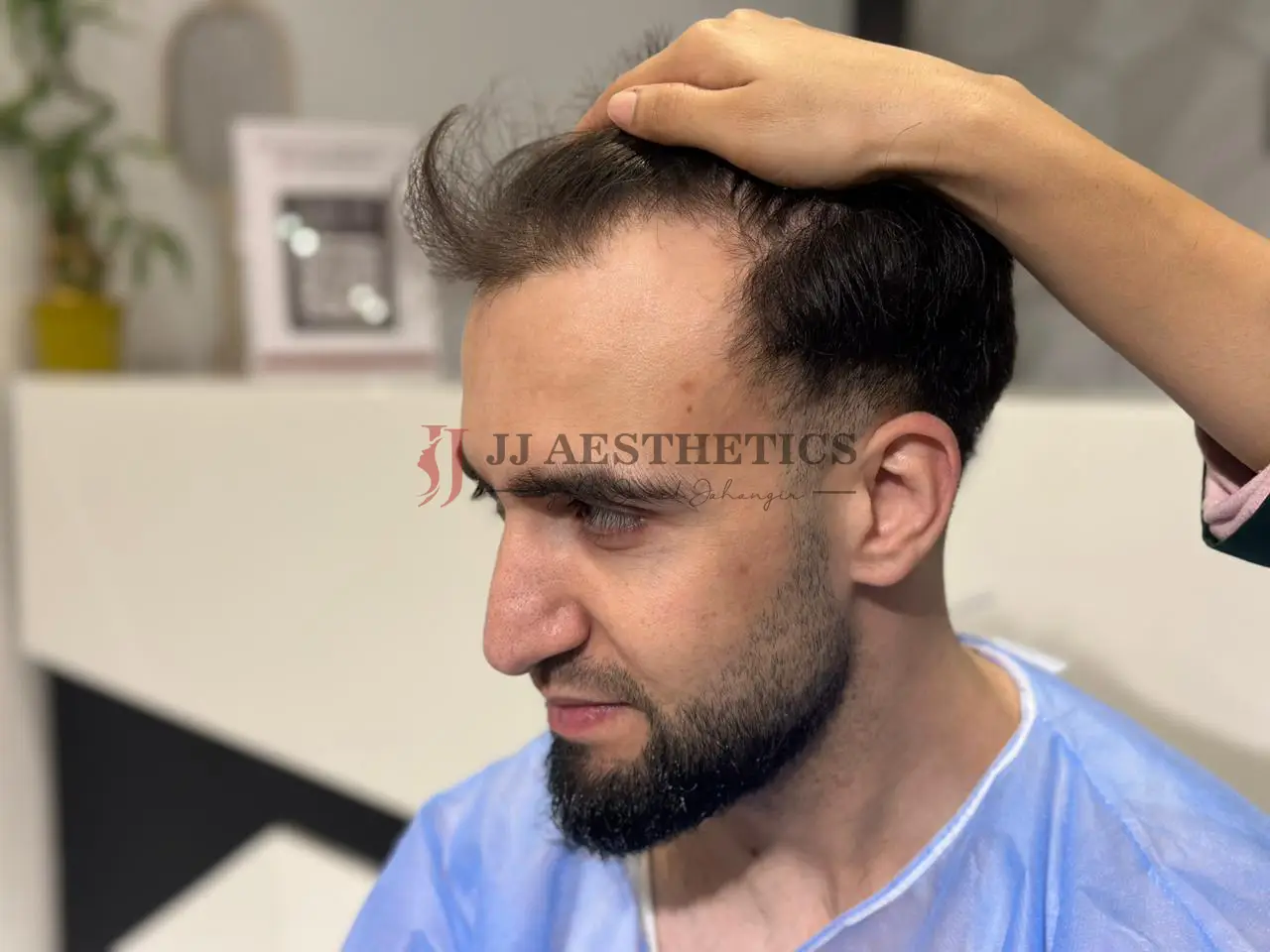Navigating the Discomfort: The Reality of Hair Transplant Pain

When considering a hair transplant, the forefront question for many is not about the cost or the procedure’s effectiveness but, “How painful are hair transplants?” This question, loaded with apprehension and curiosity, is the gatekeeper for many to a world of renewed confidence and self-esteem. Let’s embark on a journey to address this query, breaking down the process, managing expectations, and unveiling the truth behind the pain associated with hair transplants. effective healing process.
What Should You Expect in Terms of Pain?
Understanding the process is the first step. Hair transplants have evolved significantly, with modern techniques like Follicular Unit Extraction (FUE) and Follicular Unit Transplantation (FUT) leading the charge. While the thought of having follicles moved from one part of your scalp to another might sound daunting, it’s important to note that advancements in medical technology have significantly reduced discomfort.
During the Procedure
Surprisingly to many, the procedure itself is minimally painful. Before beginning, the surgeon applies local anesthesia to numb the donor and recipient areas. You might feel a pinching sensation during the anesthesia injections, but this discomfort is brief. Once the area is numb, you are unlikely to feel any pain. Instead, patients often describe feeling pressure or a slight tugging sensation.
After the Procedure
The real question about pain actually concerns the recovery period rather than the procedure itself. Once the anesthesia wears off, you may experience tenderness, soreness, or mild pain in the treated areas. Most patients describe this as discomfort rather than acute pain. Your clinic will provide pain management advice and medications to ease any discomfort during the initial days post-procedure.
How Can You Manage Post-Procedure Discomfort?
Medications
Over-the-counter pain relievers are usually sufficient to manage discomfort. It’s crucial to follow your surgeon’s advice on which medications to take and to avoid any that might increase bleeding.
Cold Compresses
Applying cold compresses to the forehead (not directly on the transplanted or donor areas) can help reduce swelling and discomfort. Be sure to follow your clinic’s guidance on how often and how long to use them.
Proper Rest and Care
Rest is vital. Sleeping with your head elevated can help minimize swelling and discomfort. Also, avoid any vigorous activity that might increase blood pressure and exacerbate swelling.
Are There Ways to Reduce Pain During?
Yes, following your post-operative care instructions meticulously is key. These instructions, tailored to promote healing and reduce the risk of infection, indirectly minimize discomfort. Additionally, keeping hydrated and maintaining a healthy diet can support your body’s healing process, potentially reducing recovery time and discomfort.
Frequently Asked Questions
Will I Need Time Off Work?
Most patients take a few days off to a week, depending on their comfort level and the physical demands of their job. The necessity for time off is more about aesthetic considerations and personal comfort rather than pain management.
Is There Any Long-Term Pain?
Long-term pain is rare with hair transplants. If you experience persistent discomfort, it’s crucial to contact your surgeon, as it might be a sign of infection or other complications.
How Do FUE and FUT Differ in Terms of Pain?
FUE, involving individual follicle extraction, tends to have a quicker recovery and less discomfort compared to FUT, where a strip of scalp is removed. However, pain tolerance and recovery vary significantly from person to person.
Can Anxiety or Fear Worsen Perceived Pain?
Absolutely. It’s natural to feel anxious about undergoing a hair transplant. Discuss your concerns with your surgeon, who can provide reassurances and potentially prescribe medication to ease anxiety before the procedure.
Conclusion
So, how painful are hair transplants? The consensus is that while there is some discomfort, especially post-procedure, it’s manageable and short-lived. The advancements in techniques and pain management have made hair transplants a less daunting experience than many imagine. Remember, the brief period of discomfort pales in comparison to the lasting confidence a successful hair transplant can bring. Your journey to regaining a fuller head of hair is a testament to your resilience and commitment to self-improvement.
Hair transplants are a significant step toward addressing hair loss, and understanding the associated discomfort can help set realistic expectations. By knowing what to expect, how to manage post-procedure care, and addressing concerns directly with a professional, you’re better equipped to make an informed decision that aligns with your goals and comfort level.

JJ aesthetic
Unlocking Your Potential through Aesthetic Solutions
Have Any Question?
Feel free to reach out to us whenever you’re ready – we’re just a message away!
Stay Connected with JJ Aesthetics
A World of Aesthetic Excellence
At JJ Aesthetics, we pursue excellence with passion. To be the best in business requires a level of dedication that combines beauty with character, skill with technology. Together, these elements create a comfort zone for each client that is highly personalized, completely confidential and designed for the best possible outcome of each delicate procedure.


